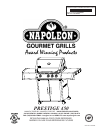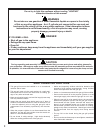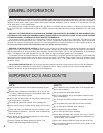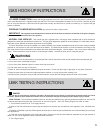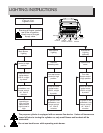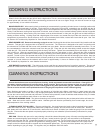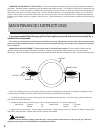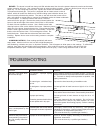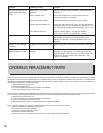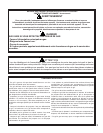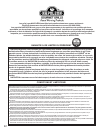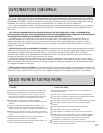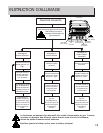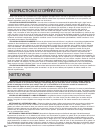Special offers from our partners!

Find Replacement BBQ Parts for 20,308 Models. Repair your BBQ today.
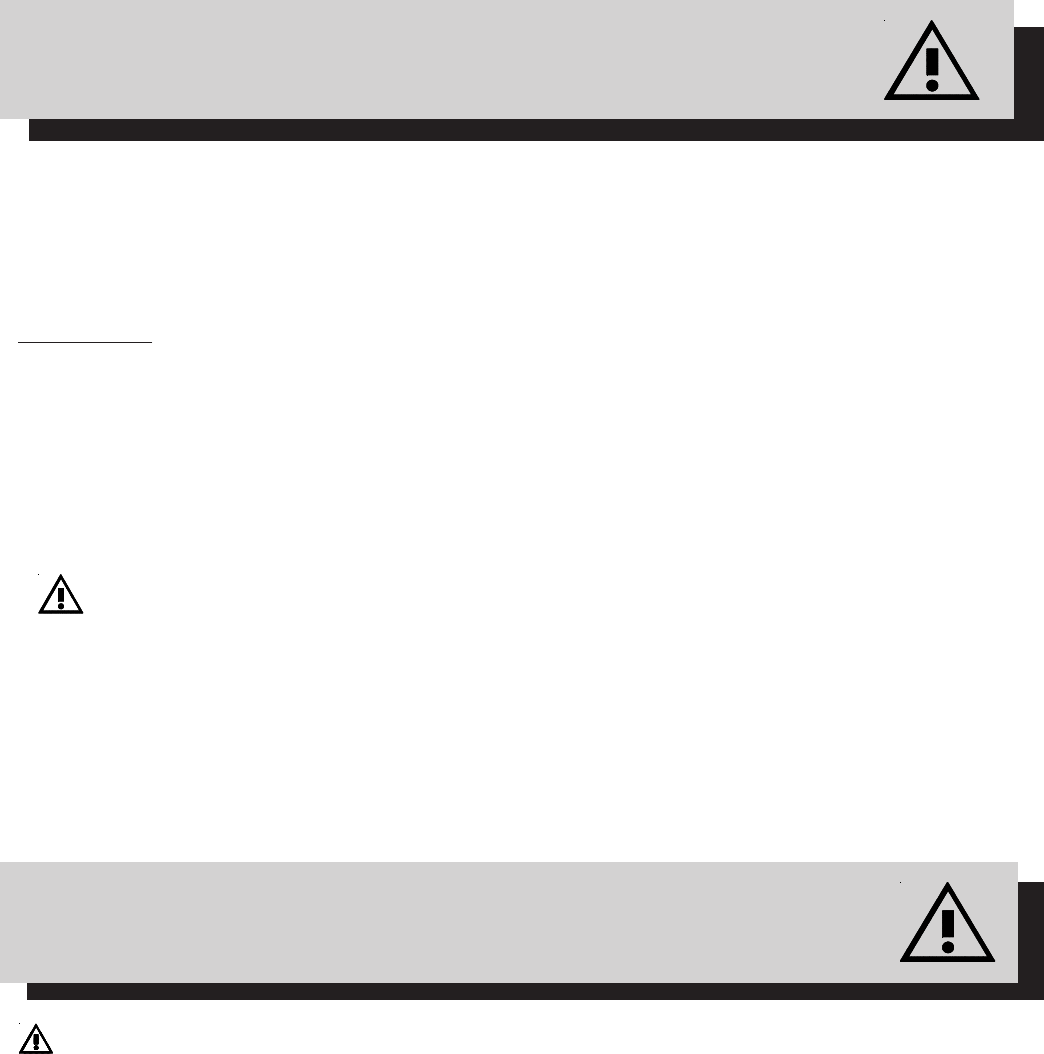
5
GAS HOOK-UP INSTRUCTIONS
CYLINDER CONNECTION: Ensure that the gas regulator hose is kink free. Remove the cap or plug from the cylinder fuel
valve. Insert the black QCC1 regulator nipple onto the QCC1 fuel valve. Hand tighten clockwise. Do not use tools. Leak test all joints
prior to using the barbecue. A leak test must be performed annually, and each time a cylinder is hooked up, or if a part of the gas
system is replaced.
PROPANE CYLINDER INSTALLATION: Set cylinder into hole in bottom shelf.
IMPORTANT: The regulator must be attached so that no part of the hose touches the underside of the grill or drippan.
A fire will result if these directions are ignored.
NATURAL GAS HOOK-UP: This natural gas grill is supplied with a 10ft supply hose (complete with a quick disconnect)
designed for natural gas and certified for outdoor use. The gas grill is designed to operate at an inlet pressure of 7 inches water column.
Piping and valves upstream of the quick disconnect are not supplied.
The quick disconnect must not be installed in an upward direction and a readily accessible manual shut-off valve must be installed
upstream of, and as close to, the quick disconnect as is feasible. The flared end of the hose must be connected to the fitting on the
end of the manifold tube as illustrated in the Natural Gas Hose Attachment diagram. Wrench tighten. (Do not use thread sealer/pipe
dope.) These connections must be made by a licensed gas installer. Leak test all joints prior to using the gas grill.
LEAK TESTING INSTRUCTIONS
WARNING
• The installation must be performed by a licensed gas fitter, and all connections must be leak tested before operating the grill.
• Do not route hose underneath drip pan.
• Do not route hose between space in bottom shelf and back panel.
• Do not route hose over top of rear panel.
• Ensure all hose connections are tightened using two wrenches. Do not use teflon tape or pipe dope on any hose connection.
• Ensure the hose does not contact any high temperature surfaces, or it may melt and leak causing a fire.
• Leak test all the connections using a soap and water solution, as per the leak testing instructions found in this manual.
LEAK TESTING: This must be done before initial use, annually and whenever any gas components are replaced or serviced. Do
not smoke while performing this test, and remove all sources of ignition. See Leak Testing Diagram for areas to check.
1. Turn all burner controls to off. Turn supply valve on.
2. Brush a half and half solution of liquid soap and water onto all joints and connections of the regulator, hose, manifolds and
valves.
3. Bubbles will indicate a gas leak. Either tighten the loose joint or have the part replaced with one recommended by the customer
care department.
4. If the leak cannot be stopped, shut off the gas supply, disconnect it and have the barbecue inspected by your gas supplier or
dealer. Do not use the appliance until the leak has been corrected.
5. Turn off gas supply.
DANGER
Do not use an open flame to check for gas leaks. Be sure there are no sparks or open flames in the area while you check
for leaks. Sparks or open flames will result in a fire or explosion, damage to property, serious bodily injury or death.



